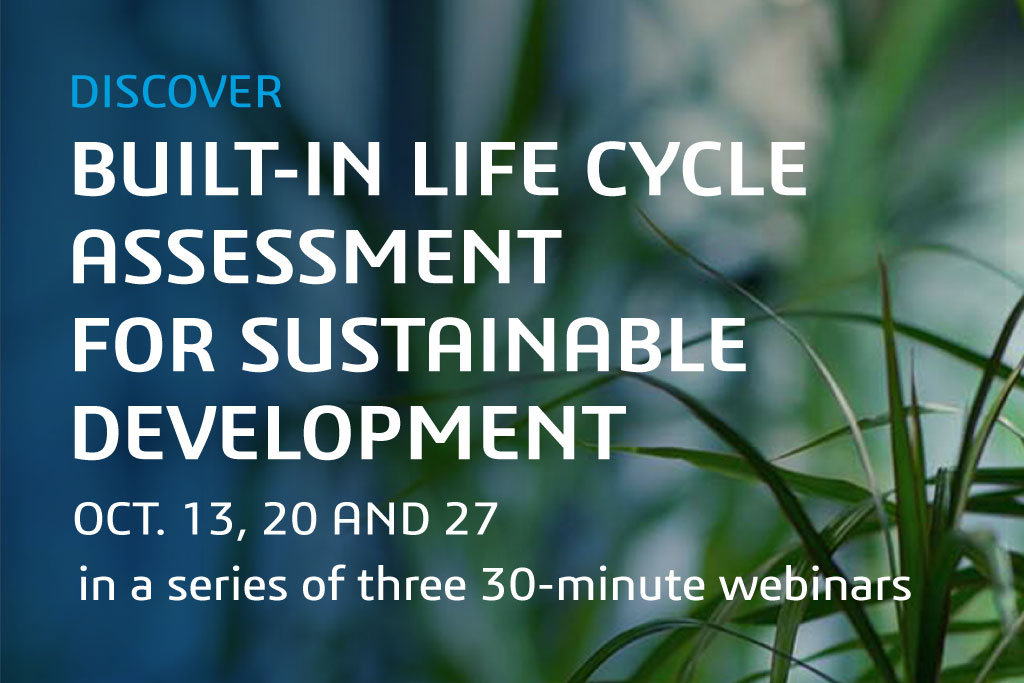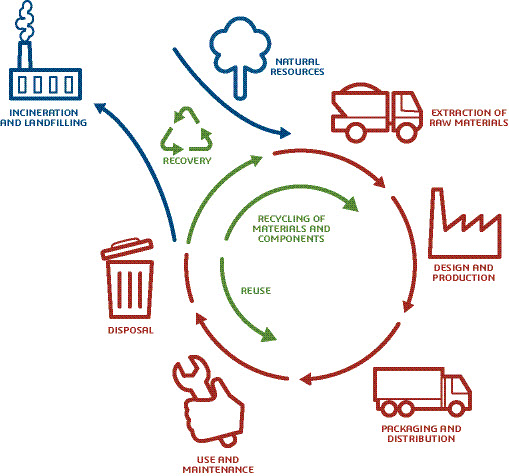
Environmental claims are everywhere. Buying this product helps the environment. As an eco-conscious consumer, you want to do your part for a green, clean and sustainable world. But can you trust the marketing slogans? Or are your favorite brands guilty of greenwashing?
Investopia defines greenwashing as “misleading or outright false information about the environmental impact of a company’s products and operations.”

Generally, greenwashing claims involve a shred of truth that is greatly exaggerated or fails to mention harmful aspects of the product, or claims environmental credit for something the company is already doing to cut costs. The US Federal Trade Commission cites the case of a company claiming its product contained “50% more recycled content.” Though technically true, the manufacturer failed to reveal that the 50% improvement involved going from 2% recycled content to 3%, an “improvement” that most eco-conscious consumers would reject . . . if they knew the full story.
Who defined greenwashing?
The term greenwashing was coined in 1986, when environmentalist Jay Westerveld published an essay criticizing a luxury hotel for placards that urged its guests to help the environment by re-using towels. Yes, reuse reduces water and electricity demand, but the placard was a ploy by hotel management to reduce its laundry costs. Why the dishonesty? Because the hotel guessed that high-paying guests would be more motivated by protecting the environment than by helping to cut the hotel’s costs.
But why did Westerveld call it greenwashing? Because, just as whitewashing applies a thin coat of acceptability to bad behavior, greenwashing applies a “green sheen” to a weak or non-existent environmental commitment.
Why greenwashing occurs
How prevalent is greenwashing? In 2010, Terrachoice estimated that 95% of all eco-marketing claims for products marketed to homes and families actually amount to greenwashing. Despite growing consumer awareness of greenwashing, plus regulations that increasingly make greenwashing a financial and legal risk, an anonymous global survey of corporate executives conducted in April 2022 by Harris Poll found that 58% of all surveyed executives admit that their companies greenwash. Among US leaders, the figure rose to 68%.
But why do corporate executives risk their companies’ valuable reputations by engaging in greenwashing? A 2018 survey of US and UK consumers by Futerra found that most consumers are willing to switch to a green brand if prices are comparable, and about a third are willing to pay more for green products. So, if companies don’t claim to be sustainable, they risk losing their customers’ business and earning smaller profit margins.
Another compelling reason: 65% of executives surveyed for the Harris Poll admitted that, although they want to make progress on sustainability, they don’t know how to translate their public pronouncements into action. Only 17% even have the measurement tools they need to document claims and optimize their sustainability strategies.
Understandably COP27, the annual UN-organized climate conference scheduled for November 6-18, 2022 in Egypt, is emphasizing the need to move from sustainable intent to action.

Data: The antidote to greenwashing
Moving from environmental intent to action is a three-tier challenge, said Xavier Adam, senior manager for worldwide sustainability at Dassault Systèmes. Companies must understand the impacts of their own operations; their share of the impacts generated by their suppliers, by transporting materials and parts to their assembly lines, by packaging and shipping the products to retailers or direct to consumers; and by consumer use of the products.
“These are all very strategic topics for companies and how they will survive in the future,” Adam said. “So the question is: ‘How can companies integrate these strategic sustainability topics into the core of their operations?’ ”
Every decision made by a designer, purchasing or logistics agent impacts sustainability, and each product introduction involves thousands of decisions. For example, should an OEM buy a part from a local supplier who manufactures it with coal-fired energy, but only needs to ship it a few miles? Or from a supplier an ocean away who has access to renewable energy, but must deliver via diesel-powered ships and trucks?
“It has been estimated that 80% of a product’s impact occurs in the design stage, but designers and engineers have never had access to the environmental data to make the most sustainable choices,” Adam said. “Even if they could get the data, they would need an expert to interpret it and the information is available too late in the process. So of course executives are unsure of what to do.”
A practical solution to greenwashing
Solutions do exist, however. One of the most advanced and science-based is Life Cycle Assessment (LCA), which enables users to assess the impacts of a product throughout the product lifecycle. LCA solutions rely on commercially available databases that quantify the environmental impacts of virtually every choice a company makes and every action it takes.
Unfortunately, LCA has been used primarily to document the impacts of past actions. A company that performs LCA measurements every year can document whether its impact is decreasing, but it can’t use the data to proactively identify ways to reduce future impacts. Few companies can afford to perform even annual analyses. Experts who can interpret and apply LCA data also are in short supply, limiting access to LCA studies.

By teaming with LCA database provider ecoinvent, the software developers at Dassault Systèmes have succeeded in making LCA accessible, fully integrating LCA calculations into the company’s design, engineering and manufacturing software, collectively known as the 3DEXPERIENCE platform. The benefit: As engineers and purchasing agents perform their work, their software calculates and displays the environmental impacts of their choices, enabling them to identify low-impact options.
Integrated LCA empowers every user – including designers, engineers, analysts, managers and executives – to make sustainable choices in their day-to-day work. The cumulative effect appears in a scientifically accurate virtual model – called a virtual twin experience or, generically, a digital twin – of the product and the processes that produce it. This enables product managers to set sustainability targets for their development programs. If those targets aren’t met, the virtual twin helps identify and execute changes to reduce the impacts.
“The virtual twin can be used to do right and green the first time,” Adam said. “We really want to give the opportunity to engineers and designers to measure the impact of their choices and propose radical innovations.”
Integrating LCA into the daily work of designers, engineers, purchasing agents, manufacturing experts and logistics planners also provides companies with hard data they can use to prove their sustainability claims.
“Companies need radical innovations to model their value chain and manufacturing processes using aggregated environment data,” Adam said. “With virtual twins on the 3DEXPERIENCE platform, they can model and simulate their environmental impact. That helps everyone understand where the environmental hotspots are from product design, or for an entire global company’s system.”
The software also guides designers in understanding the tradeoffs inherent in sustainability decisions.
“With integrated LCA, you can understand and mitigate the shifts as you improve one objective,” Adam said. “If you’re trying to optimize for climate change mitigation, you can also keep in mind the impacts on other objectives, including pollution, water, biodiversity and the circular economy.”
A future free of greenwashing?
Most companies already use design and engineering software to create and manufacture their products. By choosing software with LCA built in, they now have a clear path for transforming sustainability intent into action – and for sharing data that will help their suppliers do the same.
Companies that have real data to demonstrate progress have no temptation to greenwash. Best of all, their leaders can know that every action their organization takes rests on a solid footing of science-based sustainability.
Want to achieve built-in sustainability? Please check out our series of three different 30-minute LCA webinars available on-demand.

